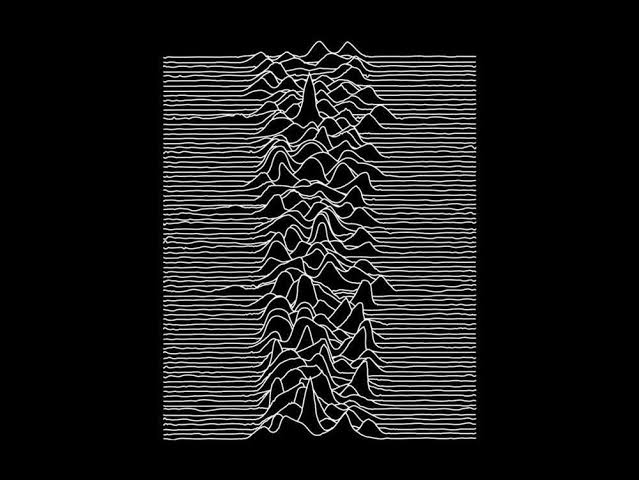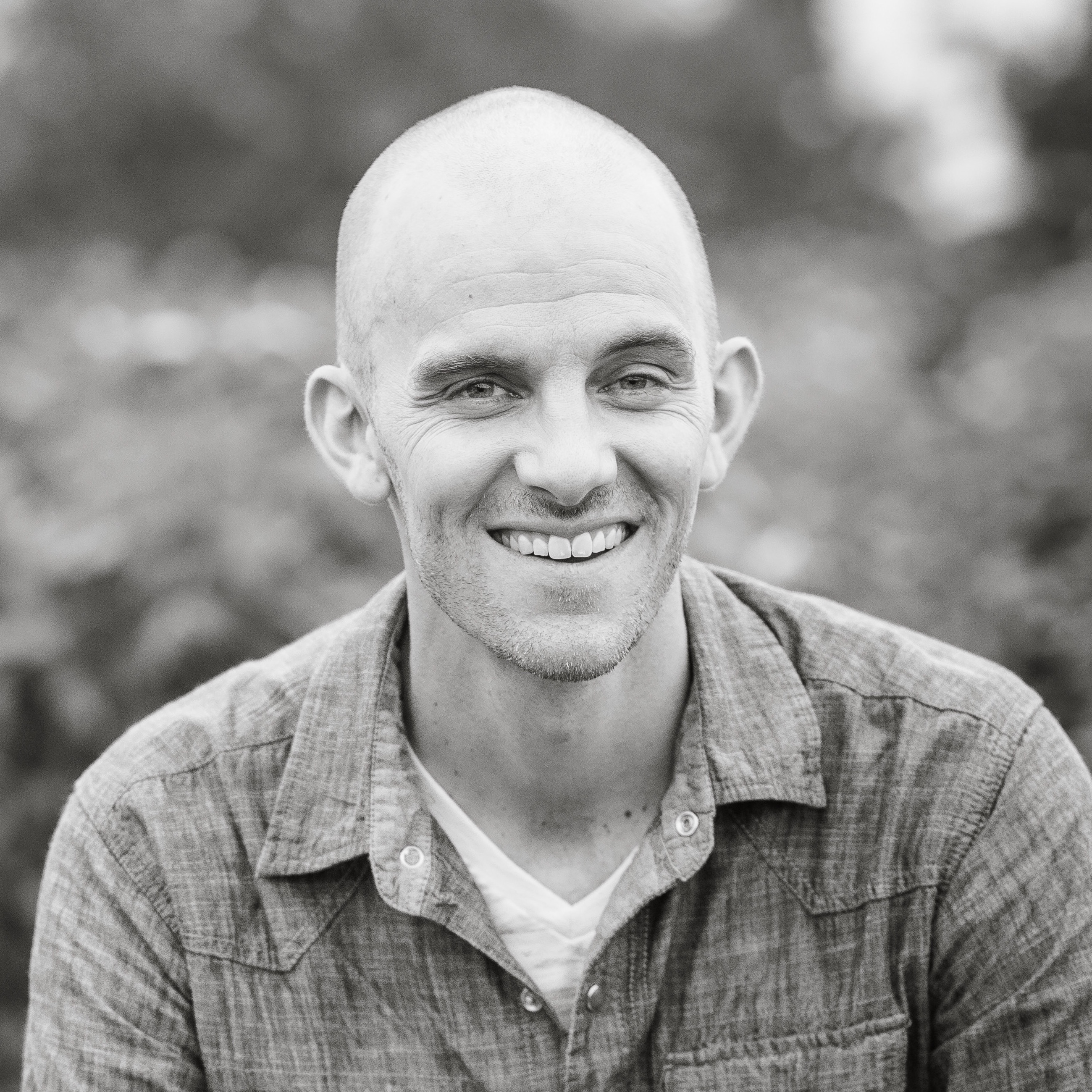Earlier this year, Bad Bunny released a short film a few days ahead of his sixth studio album—both titled DeBÍ TiRAR MáS FOToS (I Should’ve Taken More Photos). The short film features Puerto Rican director and poet Jacobo Morales who laments over not having taken more photos throughout his life. In doing so, he contemplates Puerto Rican identity over the course of a complex colonial history. Morales expresses the belief that taking more photos might have improved his memory of Puerto Rico’s past and the cultural identity he longs to preserve. The video leaves an impression, and I wrote about it in a post called “Photos and Memory.”
It’s a complicated task to consider the cultural identity of a whole nation. It’s complicated enough to consider the identity of a single individual. In our current cultural landscape, I hear a lot about searching for your authentic self—as if my current self is not my authentic one. It often leaves me wondering what we mean by “authentic self.” Is your authentic self something you can uncover by peeling back the layers that hide it? Or, is your authentic self something you actively create by simply living out your life and carving your own path?
Both photos and memory are attempts to preserve time—to record its passing. But time is a hard concept for humans to grasp. Historian of science James Gleick refers to it as the “the fast-expanding tapestry of interwoven ideas and facts that we call our culture.” Stitched within the fabric of time is memory, and Gleick also points out how problematic memory can be. Referencing both Woolf and Carroll, he writes:
We say that memory ‘takes us back.’ Virginia Woolf called memory a seamstress ‘and a capricious one at that.’ … ‘I can’t remember things before they happen,’ says Alice, and the Queen retorts, ‘It’s a poor sort of memory that only works backwards.’ Memory both is and is not our past. It is not recorded, as we sometimes imagine; it is made, and continually remade.
Memory is not as reliable as it appears to be, and neither is a photo. A photo represents a moment frozen in time. A photo of yourself, then, represents yourself frozen in time. If you string a bunch of those photos together, you can create a continuum, of sorts, leading from your past all the way into your present. This string of photos would compose your personal identity, or at least part of it. While considering personal identity, philosopher and novelist Rebecca Goldstein asks:
What is it that makes a person the very person that she is, herself alone and not another, an integrity of identity that persists over time, undergoing changes and yet still continuing to be…?
She goes on to compare her current identity with a childhood picture of herself:
I stare at the picture of a small child at a summer’s picnic, clutching her big sister’s hand with one tiny hand while in the other she has a precarious hold on a big slice of watermelon that she appears to be struggling to have intersect with the small o of her mouth. That child is me. But why is she me? I have no memory at all of that summer’s day, no privileged knowledge of whether that child succeeded in getting the watermelon into her mouth.
A photographer named Noah Kalina took such a comparison a lot further. In January of 2000, Kalina started the Everyday project, and began taking a picture of himself every day. He was 19 years old at the time, and after 25 years, he’s still taking them.

At a few different points over the years, Noah has released a video that dramatically documents his journey, the most recent coming out in 2020. It takes the viewer through 7,263 photos of Noah, captured from ages 19 to 39, in just over eight minutes—his calm face gazing unsmiling into the camera.
Watching the video, it’s fascinating to see Noah age through the thousands of photos rapidly flashing across the screen. Even more compelling is the realization that behind each mundane snapshot is a life being lived—with all its joys and triumphs, all its hardships and tribulations. The simplistic and quick linear movement of the pictures from past to present obscures the nonlinear life that Noah has lived—a life we all live.
The British anthropologist Tim Ingold knows a lot about lines and writes about them as beautifully and eloquently as I imagine anyone can. In a 2020 article titled “Lines, Threads & Traces,” he quotes artist Paul Klee who once said, “Drawing is like taking a line for a walk.” Ingold continues by describing the curving path that’s created when many feet walk upon that same line over time:
But the path, like the line made by drawing, twists and turns. So, too, does life itself. Life goes on, precisely because it is not lived at this point or that, but is rather on the way from someplace to someplace else. It is in the detours that everything happens. That’s why the stories we tell, of our own and others’ lives, also circle around. We have to circle too, to follow them.
We know that life doesn’t make haste to simply move in a straight line from point A to point B. Rather, it curves and twists, sometimes reversing back or changing course altogether. Life moves along lines more like those created by the Biro life forms pictured in The Hitchhiker’s Guide to the Galaxy:

As with life, these lines are all over the place. An individual line moves in its own unique, nonlinear fashion, while intersecting with the lines of others. It’s at the moment of intersection that our life’s path has the opportunity to impact—or be impacted by—someone else’s. Ingold concludes that each single line ends up connecting to the lines of others and eventually forms the web of lines that make up a community. After describing the isolated clicks of a keyboard, he rejects the notion that we should consider these lines as nonlinear, and advocates for the connectedness and vitality that’s achieved through the curvatures of handwriting:
Linear thinking, we say, goes from point to point; linear transport from location to location; linear time from moment to moment. Of thinking, travel or time that wanders off course, or loops around, we are inclined to say that it is non-linear. Yet did you not just draw a line with your pencil? Does the winding path not follow a line, as does the story with its twists and turns? Indeed, what we witness today is not the birth but the death of the line. To reduce a linear movement to a rigid sequence of fixed points is to drain it of vitality, of everything that gives it life and growth. For the living world, in truth, is not connected like a net, but a writing mesh of lines. Knotted in the midst, their loose ends never cease to root for other lines to tangle with.
What is our community but a mesh of individual lines—sometimes knotted with others or with themselves, sometimes floating loosely—always seeking to lay down roots or longing to intertwine with others. Even for the most introverted among us, our life story is meant to be joined with those of others in community. Something about our authentic self, I believe, comes from who we are when we’re with other people. Our lines not only progress forward as we live out life, but they also circle around and outward, impacting others along the way. Their lines do the same for us.

Joy Division (New Order) is one of the bands that was nominated to the Rock & Roll Hall of Fame this year. The cover art of their 1979 album Unknown Pleasures is both iconic and enigmatic. It’s no stranger to a T-shirt and it’s instantly recognizable when you see it. Unlike its appearance on clothing, the album’s front cover doesn’t include its title or the name of the band. It’s all black with 80 straight-ish, white horizontal lines that form a small square in the center. The individual lines peak unevenly and irregularly in the middle, giving the impression of a mountain range that runs vertically through them.
The image is the result of a star, or rather an exploded one—a supernova explosion. This Far Out article provides more details:
Simply put, the image is a “stacked plot” of the radio emissions given out by a pulsar, a ‘rotating neutron star.’ This sudden overload of astronomical terms might be a little overwhelming, but the concept though ‘unknown’, gives one immense ‘pleasure’.
To trace the pulsar’s origin, we need to rewind a little. The pulsar named CP 1919 was discovered in 1967 by two Cambridge academicians–a student named Jocelyn Bell Burnell and her supervisor Antony Hewish. As per their observation, when the star turns, it emits electromagnetic radiation in a beam, much like a lighthouse overlooking a vast stretch of a dark ocean. Radio telescopes can pick up these radiations; hence, each line on the image is an individual pulse, varying in length as waves travel a long distance confronting various obstacles on the way.
Back in 2019, to celebrate the album’s 40th anniversary, scientists made a new recording of the same pulsar and posted it here. Each “peak” of the 80 lines featured on the album’s cover was a recording of one of 80 radio emissions that came from the neutron star as it made 80 turns in 107 seconds. In essence, the lines on the album cover represent radio waves caused by lightning in outer space, observed from many light-years away. Although separate, the lines appear to be connected—each peak was the result of energy received from the rotating neutron star. It’s the same with us: our life’s path, or line, is impacted by the energy of others.

The vast lightning systems of CP 1919, as pictured above, continue to circle around the magnetic poles of the pulsar, and while they initially appeared to be chaotic, over time they have revealed a more uniform pattern. The same can be said for how our line in life eventually reveals patterns—our authentic self, perhaps—over time. In a post called “The Continuous Thread of Revelation,” Maria Popova references author Eudora Welty’s thoughts on “writing, time, and embracing the nonlinearity of how we become who we are.” I love Welty’s perspective on writing—and on life:
Writing a story or a novel is one way of discovering sequence in experience, of stumbling upon cause and effect in the happenings of a writer’s own life. This has been the case with me. Connections slowly emerge. Like distant landmarks you are approaching, cause and effect begin to align themselves, draw closer together. Experiences too indefinite of outline in themselves to be recognized for themselves connect and are identified as a larger shape. And suddenly a light is thrown back, as when your train makes a curve, showing that there has been a mountain of meaning rising behind you on the way you’ve come, is rising there still, proven now through retrospect.
As humans, we long to find the meaning in belonging to something bigger than ourselves. In its absence, we’ll go so far as to create it. We want to find the stories and the patterns that help us understand ourselves and one another better.

We start with a single line. Our line sometimes goes straight, but then it begins to curve around, perhaps to avoid an obstacle. It continues on, moving forward and outward. It intersects and interacts with the lines of others, bending and peaking as it receives energy from both obvious and surprising sources. It gives off its own energy as well. It mixes and mingles and forms connections with other lines, eventually forming webs. Over time, it reveals the larger patterns of an identity—the culmination a life lived, with all its joys, hardships, and mundanities.
This is the authentic self—a narrative that we paradoxically create, even as it creates us. We are shaped by our life experiences, both good and bad, many of which are beyond our control. However, the story we tell ourselves about our life is within our control. And it’s this story that determines how those experiences will shape our identity from this moment onward. If both memory and photos are unreliable or unhelpful references for us, we have a degree of flexibility that works in our favor. We can hold onto narratives that empower us and release those that hold us back. The beautiful thing about controlling our own story is that we can change it at any point. Our identity is active and we continue to create it each day—its threads and through lines weaving together the fabric of our authentic self.

